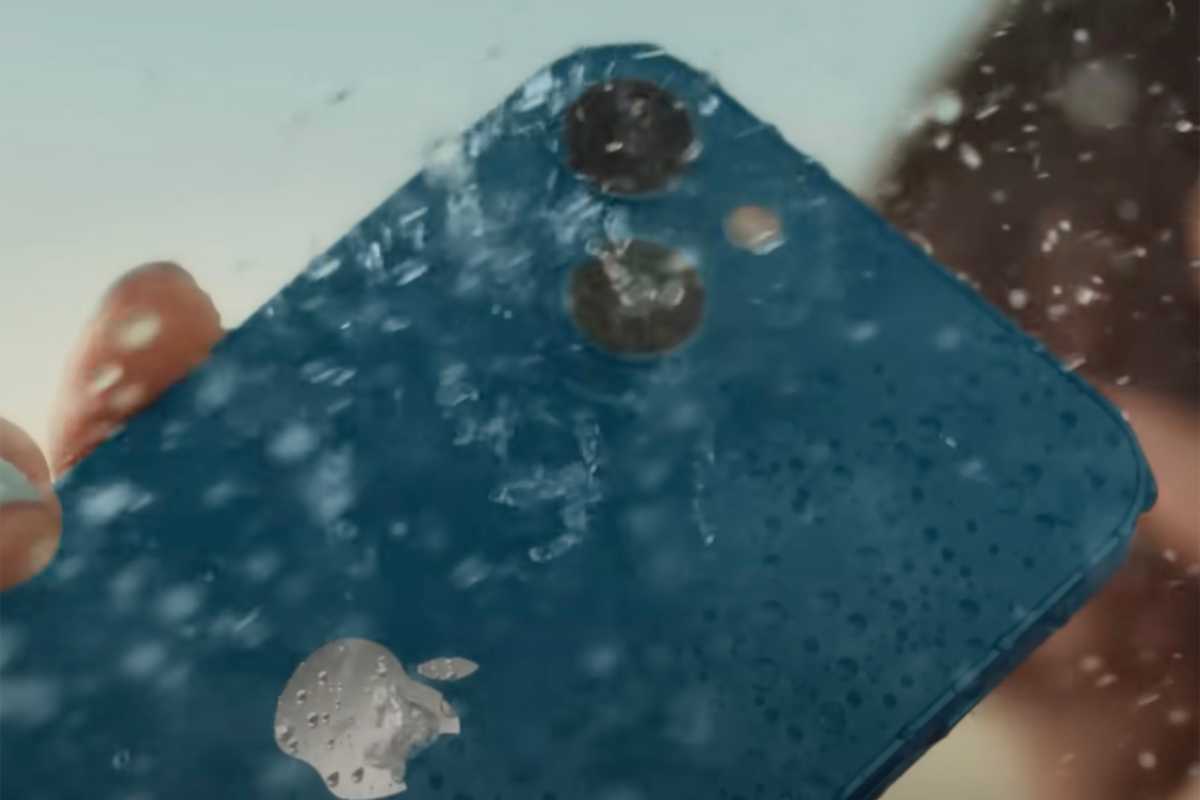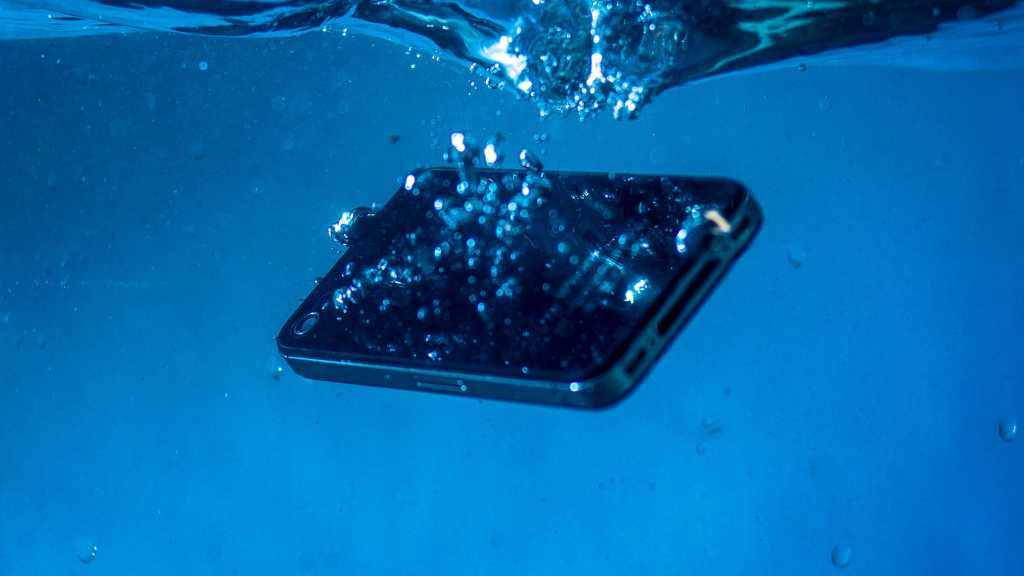Whether you work at the local pool, have messy pockets or you simply consider yourself accident-prone, there’s a strong chance that water and dust resistance is high on your list of priorities when choosing that brand new phone.
But the level of protection you get will vary hugely depending on if you have a budget, mid-range or flagship phone.
In general, the amount of water and dust resistance will be defined by an official IP rating. Here’s what that means and how to decide which is best for you.
What is an IP rating?
Ingress Protection (IP) ratings are standardised codes used to define the level of protection provided by your device against dust and water. To get an IP rating, devices must pass a number of test carried out by the International Electrotechnical Commission (IEC).
They consist of two digits following the letters ‘IP’. The first digit indicates the degree of protection against solid objects and particles such as dust, with ‘6’ offering total protection. The second digit signifies the level of protection against water, with ‘8’ being the highest score.
Additionally, if an IP rating includes an ‘X’, it means the protection level for that aspect hasn’t been formally recognised. However, the device is still likely to at least offer some protection in this area.

Apple
What do the different numbers in an IP rating mean?
Each IP rating usually consists of two numbers, unless there’s no formal protection (signified by an X):
Protection against solid objects and particles (first digit)
- X: No protection against contact and ingress of objects
- 1: Protection against solid objects larger than 50mm, such as a hand
- 2: Protection against solid objects larger than 12.5mm, such as fingers
- 3: Protection against solid objects larger than 2.5mm, such as tools and thick wires
- 4: Protection against solid objects larger than 1mm, like small wires and screws
- 5: Limited protection against dust ingress; it should not entirely prevent dust from entering but must not interfere with the proper operation
- 6: Complete protection against dust ingress.
Protection against water (second digit)
- X: No protection against water
- 1: Protection against vertically falling droplets, such as condensation
- 2: Protection against water droplets up to a 15-degree angle from vertical
- 3: Protection against sprays of water up to 60 degrees from vertical
- 4: Protection against water splashes from any direction
- 5: Protection against low-pressure jets of water from any direction
- 6: Protection against powerful jets of water, such as those from a high-pressure hose
- 7: Protection against immersion in water up to one-metre depth for up to 30 minutes
- 8: Protection against continuous immersion beyond one metre for up to 30 minutes, the exact depth specified by the manufacturer.
For example, the Samsung Galaxy S24 Ultra‘s IP68 rating means it’s dust-tight (6) and can withstand immersion in water beyond 1 meter deep for 30 minutes (8). This is currently the best score a phone can receive, while water protection can vary from manufacturer to manufacturer.
A 5ATM rating is even better when it comes to water resistance, being able to withstand submersion in up to 50 metres in depth for up to 10 minutes. It’s available on many smartwatches and fitness trackers, but no smartphones yet.
Be sure to check out what the best waterproof phones are currently if you’re looking for a device that can survive the worst.


